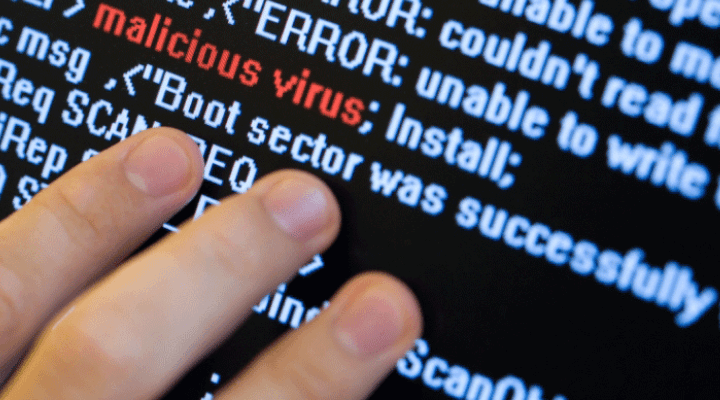The ongoing debate between the President and Congress about splitting USCYBERCOM from its parent NSA signals the degree to which Defense appreciates cyberspace as the newest legitimate battlespace and Defense’s preparations for distinctly offensive military cyber-operations. Likewise, national cyber-defense against adversaries will assume its role as a distinctly military function. The discussion today is not simply about cyber capacity once cornered at NSA HQ. It’s about operationally defending the Constitution of the United States against all enemies—foreign and domestic—in cyberspace.
THE PERFECT FIT
As C4ISRNET.Com Mark Pomerleau explains, “Officials have long lauded the rich partnership both organizations share, especially the NSA’s history in the signals intelligence business.” In 2009 when Defense placed CYBERCOM (part of STRATCOM) with NSA, the relationship seemed perfect. NSA relies heavily if not completely on snooping around the cyberworld, so their cyber capabilities were immense, a natural fit for a new commander related directly to the cyberworld. Dual-hatted, Admiral Rogers directs the NSA, the intelligence arm of the Department of Defense, and commands CYBERCOM, a generally distinctively military operational organization.
Now, according to NSA Director Mike Rogers, CYBERCOM’s mission, capacity, and functions are becoming too unwieldy for one person to effectively operate. At the end of 2016, the reality of the cyber-battlespace is more distinct. As we’ve seen over the last several months, Defense understands the cyberworld more and more not as a venue for spying, but, rather, an impending field of literal combat, a place from which and in which to launch offensive operations.
GEOGRPAHIC OR FUNCTIONAL
In short, it’s time for CYBERCOM to take its place among the other 9 combatant commands. Certainly, US STRATCOM’s world-wide strategic mission made sense for CYBERCOM, but it makes sense that CYBERCOM will be its own combatant command. Why wait? I think that’s where this discussion will end.
We have 9 combatant commands CENTCOM, AFRICOM, EUCOM, NORTHCOM, SOUTHCOM, USPACOM, SOCOM, STRATCOM, and TRANSCOM. All but SOCOM, STRATCOM, and TRANSCOM are geographic, which means they are organized around a particular part of the world for which their commanders are responsible. SOCOM, STRATCOM, and TRANSCOM are all functional, which means that they are organized around what they do—special operations, power projection, or transportation. Unlike their geographic counterparts, function combatant commanders (COCOM Commanders) will carry out their function anywhere a geographic COCOM commander needs them.
If our foray into cyber-military-operations (CYMILOPS . . . my term, I just coined it) continues to expand, and there’s not a single reason why it won’t continue to expand, and quickly, then my sense is that CYBERCOM may first end up as a functional combatant command. CYBERCOM can conduct offensive or defensive operations in support of a geographic commander against an adversary anywhere in the world—that is, the tangible, physical world.
But it would make even more sense, be even more forward-thinking and, really, better preparing for the future before us, to designate CYBERCOM a geographic command, keeping watch over cyberspace that has no physical boundaries and blankets the entire globe–and beyond. Indeed, consider the potential conflict and confusion of even attempting to define and restrict CYMILOPS by way, for example, of EUCOM’s physical terrain. It simply will not work, for long, anyway.




